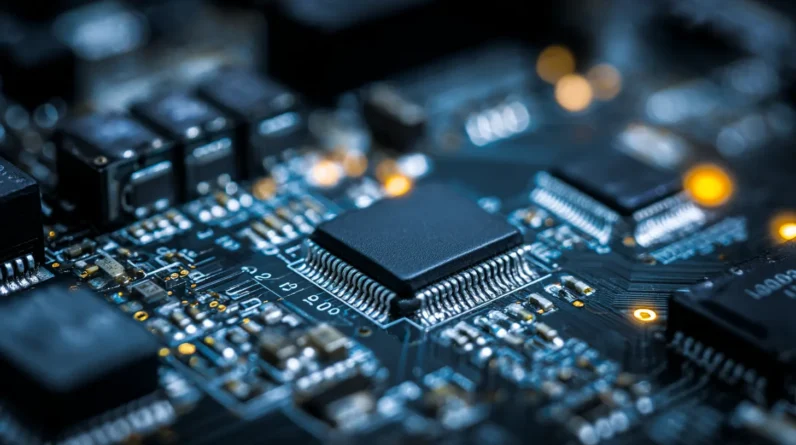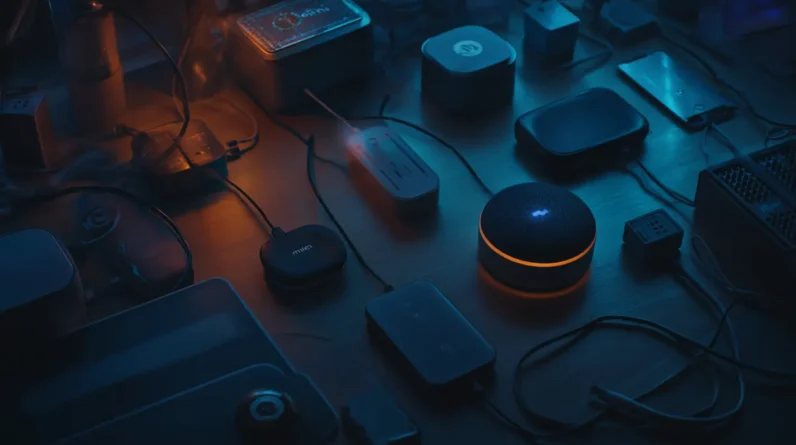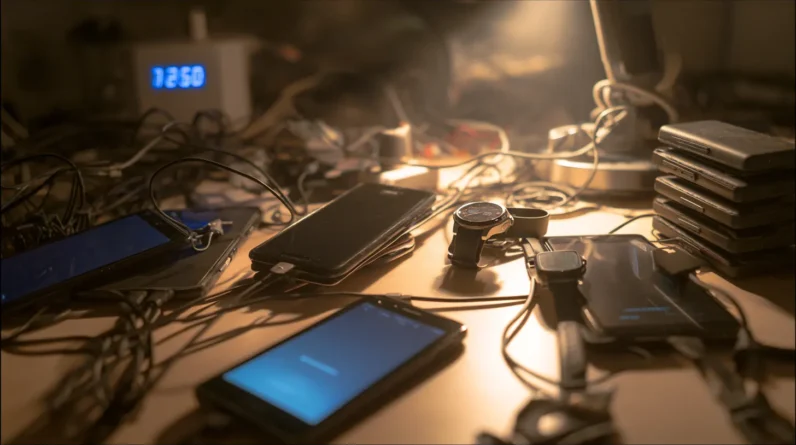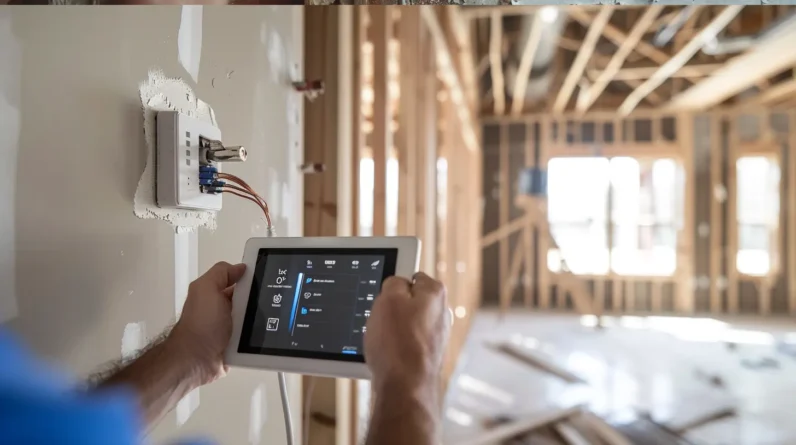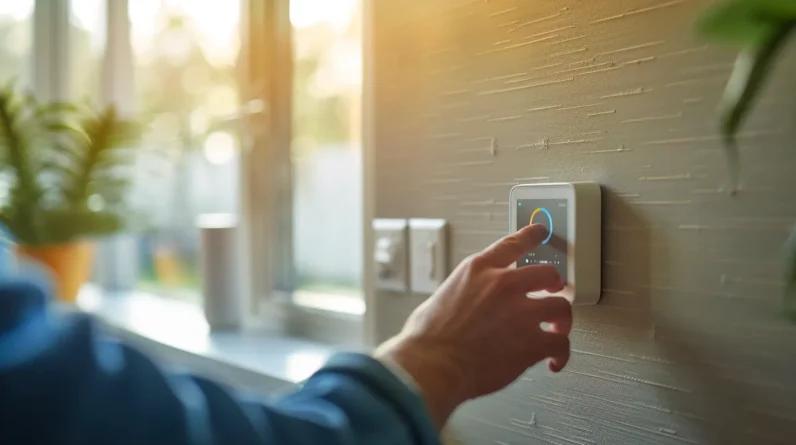
How much potential do drones have in revolutionizing smart technologies? The use of drones in various industries has shown promising results, but are we truly tapping into their full capabilities?
From agricultural applications and infrastructure inspection to delivery and logistics, surveillance and security, and environmental monitoring, drones have the capacity to transform the way we approach a wide range of tasks. But are we truly harnessing their potential in smart technologies?
Let’s explore the ways in which drones are reshaping industries and how they might continue to do so in the future.
Agricultural Applications
Drones have revolutionized agricultural practices by providing real-time data for informed decision-making. Farmers can now monitor crop health, soil conditions, and irrigation needs in great detail, thanks to the use of drones.
These flying devices capture high-resolution images and multispectral data, offering valuable insights into overall crop performance and highlighting areas that require attention. By leveraging this technology, farmers can optimize resource allocation, minimize wastage, and maximize yields.
The efficiency and accuracy of crop monitoring with drones enable proactive interventions, leading to improved productivity and sustainability in agricultural operations. This level of precision and timely information empowers farmers to make data-driven decisions, ultimately contributing to more effective and sustainable crop management.
Infrastructure Inspection
During our infrastructure inspections, drones play a crucial role in assessing the condition of various structures and facilities. By utilizing drone technology, we can efficiently and thoroughly gather high-resolution images and data, revolutionizing our structural integrity assessments.
Here are four key ways in which drones enhance our infrastructure inspection processes:
1. Accessing Inaccessible Areas:
Drones have the ability to reach areas that are difficult or dangerous for personnel to access, such as tall bridges or complex industrial facilities.
2. Detailed Imaging:
Through the use of drones, we’re able to obtain detailed imaging that allows us to identify cracks, corrosion, or other structural issues that may not be visible to the naked eye.
3. Time and Cost Efficiency:
The utilization of drones significantly reduces the time and costs associated with traditional inspection methods.
4. Data Analysis:
The data collected by drones can be analyzed using advanced software to provide comprehensive structural assessments.
Delivery and Logistics
We utilize drones to streamline our delivery and logistics operations, ensuring efficient and timely transportation of goods. The integration of drones in urban logistics has revolutionized last mile delivery, overcoming challenges associated with congested urban areas.
Through drone fleet management, we optimize routes and schedules, enhancing delivery speed and reducing operational costs. Additionally, supply chain integration with drones allows for real-time tracking and monitoring, ensuring transparency and security throughout the transportation process.
These advancements in drone technology have significantly improved the reliability and agility of our delivery and logistics networks. As we continue to innovate in this space, the use of drones will play an increasingly pivotal role in meeting the evolving demands of modern logistics, providing a competitive edge in the delivery of goods to customers.
Surveillance and Security
Enhancing our security systems, drones provide real-time monitoring and surveillance with unparalleled efficiency and flexibility. This advanced technology offers a multitude of benefits, including:
1. Enhanced Privacy Concerns: Drones raise important questions about privacy and data protection, as their surveillance capabilities can intrude upon personal spaces.
2. Data Protection Measures: Implementing robust data encryption and secure storage protocols is crucial to safeguard the information collected by drones during surveillance operations.
3. Ethical Implications: The use of drones for surveillance purposes demands a critical examination of the ethical implications involved, especially in terms of individual rights and freedoms.
4. Legal Regulations: Developing and enforcing clear legal regulations is imperative to ensure the responsible and ethical use of drones in surveillance and security operations.
As drones continue to revolutionize security measures, addressing these concerns and considerations is paramount for their effective and ethical deployment.
Environmental Monitoring
Environmental monitoring using drones offers a comprehensive and efficient method for assessing and analyzing ecological conditions in various landscapes. Drones equipped with advanced sensors can gather data on wildlife tracking, air quality, and habitat conditions with precision and speed.
This technology enables us to monitor and protect endangered species, assess the impact of human activity on wildlife, and track animal migration patterns. Additionally, drones can be used to monitor air quality, allowing for the detection of pollutants and the assessment of environmental health in remote or hard-to-reach areas.
The real-time data collected by drones enhances our understanding of the natural world and helps us make informed decisions to preserve and protect our ecosystems. The continuous advancements in drone technology have made environmental monitoring more accessible and effective than ever before.
Conclusion
Drones are changing the way we interact with smart technologies. It’s amazing how these flying machines are now essential in our daily lives.
It’s funny how something once used for military purposes is now assisting farmers, inspecting infrastructure, and monitoring the environment. This demonstrates that unexpected tools can lead to innovative solutions.


